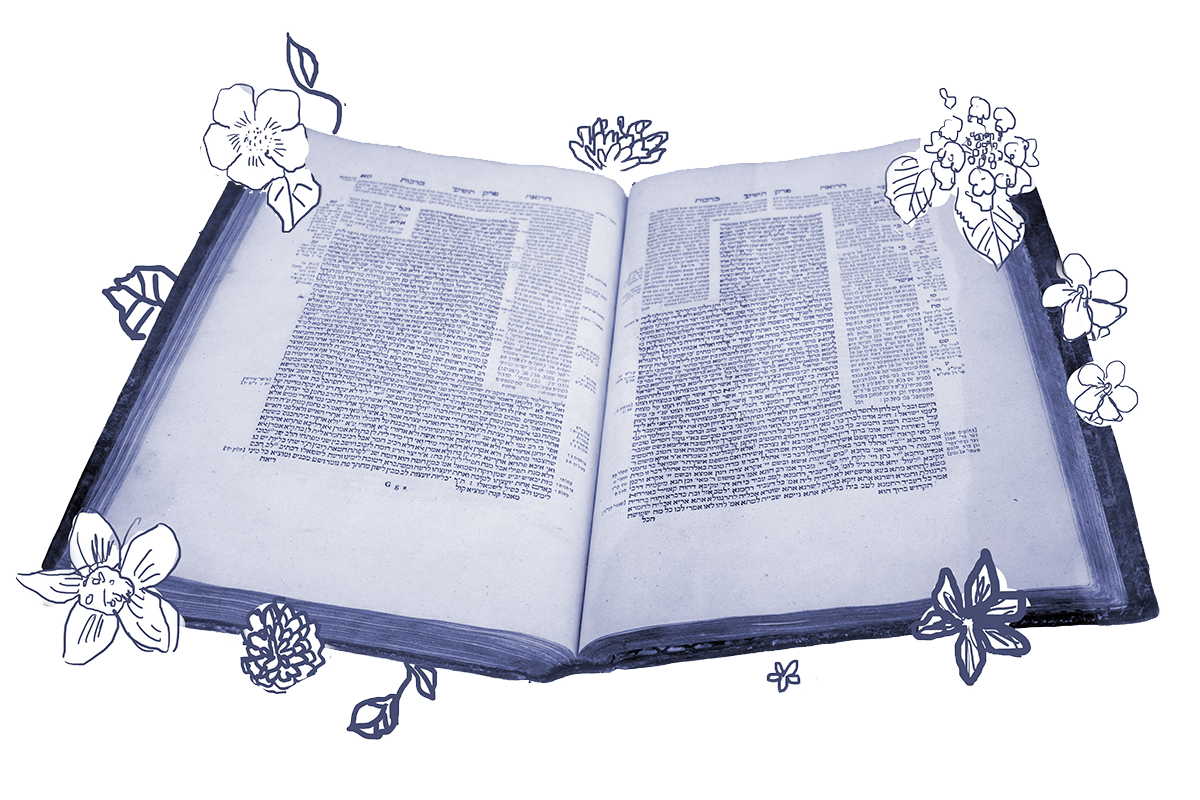One of my favorite moments of the year is mid-morning on Erev Passover when we gather in the alley to burn our hametz. This is when I really feel that Passover is coming — or has already arrived. This tiny conflagration we make at home is reminiscent of those large burning altars of long ago — and it is a time when the Temple aspects of our observance come into focus.
For the rabbis, the sixth hour when the hametz was to be burned brought a multitude of problems. This must have been a very busy time for the priests who needed to get the hametz burned and also prepare for the slaughter and burning of all the Paschal offerings in time for the holiday that would fall at sundown — a mere six hours later.
For some time now, the Gemara has been discussing whether in the sixth hour it is permissible to combine the hametz designated for burning with other items that are also designated for burning because they are ritually impure. Is the impurity transmitted to the hametz and is this a ritual problem? As the whole rabbinic understanding of purity is staggeringly complex (with multiple kinds of impurity and means of transmission), the questions surrounding this quickly become difficult. And even though we learn from Rabbi Hanina who was himself sgan hakohanim (a deputy high priest who served in the Temple), in the course of this discussion the rabbis of the Talmud periodically throw up their hands and remark that the prophet Elijah, who will come in the end of days to herald the messiah, is the one who will really answer these questions. In other words, they don’t have the answers.
But as we are still awaiting the prophet Elijah, and as none of us is currently actually burning our hametz in the Temple where we are concerned it might be mixed with items that are ritually impure, I found myself wondering if there was anything on today’s page that can add meaning to our own burning ritual. I find some wisdom in the following:
With your help, My Jewish Learning can provide endless opportunities for learning, connection and discovery.
Pigul and notar. The sages decreed ritual impurity on both, and both, as well as sacrificial meat deemed ritually impure by Torah law, may not be eaten and must be burned.
Beit Shammai say: They may not be burned together, as in doing so the pigul and notar, which are impure by rabbinic law, will come into contact with meat impure by Torah law, adding impurity to their impurity.
Beit Hillel say: They may be burned together.
Let me explain what’s going on. Pigul and notar are technical terms, frequently paired, describing sacrifices that have gone awry largely because of mental error or inattention. Pigul are items that are sacrificed with improper thought — for instance, with the idea that they will be burned or eaten in the wrong time. A notar is an offering that was made and not eaten at the right time and is now, essentially, problematic leftovers. Our teaching explains that both of these, pigul and notar, may not be eaten — by rabbinic decree they are declared impure and must be burned. Whether they can be burned together with sacrificial meat that is impure by dint of Torah law (a more severe pronouncement of impurity) is the subject of the disagreement between the schools of Hillel and Shammai. They disagree about whether these items that are more severely impure may be burned alongside those that are less severely impure.
What intrigues me is that these particular meats, pigul and notar, become impure not by contact with some unclean item, as most impure things do. Instead, it is simply what we are bringing mentally to the moment that matters. The thought alone can generate the impurity.
So, next time the 14th of Nisan rolls around and we dump all the hametz foodstuffs into a pile and ignite them, I am going to reflect on this debate so I can slow down and bring a holy mindset to the mitzvah.
Read all of Pesachim 15 on Sefaria.
This piece originally appeared in a My Jewish Learning Daf Yomi email newsletter sent on December 6th, 2020. If you are interested in receiving the newsletter, sign up here.



